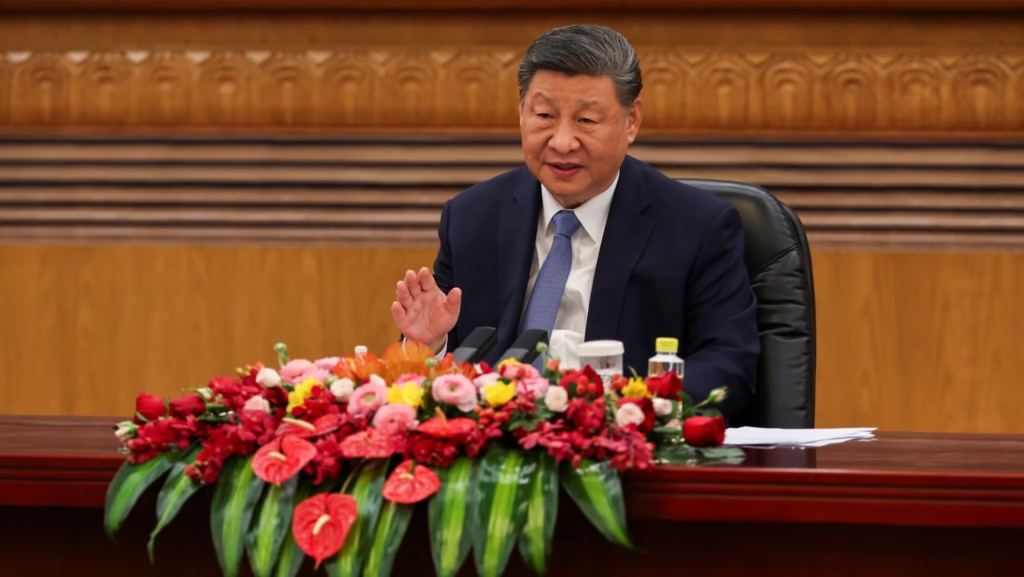Xi Jinping’s Southeast Asia Tour: Reinforcing Regional Bonds Amid Global Uncertainty


In April 2025, Chinese President Xi Jinping undertook a high-profile diplomatic tour across Southeast Asia, making state visits to Vietnam, Malaysia, and Cambodia. The mission was aimed at deepening China’s strategic footprint in the region, strengthening economic and diplomatic alliances, and presenting Beijing as a dependable partner amid an increasingly fragmented global order.
Xi’s stop in Vietnam was a significant milestone in bilateral relations between the two nations. The visit resulted in the signing of more than 30 agreements spanning key sectors such as infrastructure, environmental protection, and digital development. Of particular note were plans to boost cross-border rail connectivity and initiate joint maritime patrols — signaling a shared interest in maintaining regional stability.
Xi also addressed ongoing maritime tensions in the South China Sea, calling for “mutually acceptable solutions” — a diplomatic nod to easing disputes while reinforcing China’s regional presence.
In Malaysia, the focus shifted toward economic synergy and technological innovation. The two countries inked 31 new agreements covering artificial intelligence, smart infrastructure, and digital trade. Xi highlighted the Belt and Road Initiative’s potential to integrate with Malaysia’s East Coast Rail Link, envisioning improved trade routes and regional infrastructure connectivity.
Additionally, Xi proposed an increase in Chinese imports of Malaysian agricultural products, underscoring Beijing’s commitment to balanced trade and shared prosperity.
Xi’s final destination was Cambodia, where his visit further solidified a close and long-standing relationship. A total of 37 bilateral agreements were signed, covering a wide spectrum including finance, healthcare, and public infrastructure. One of the most notable announcements was the revival of the Funan Techo Canal project, a $1.156 billion investment backed by Chinese capital.
Discussions also extended to defense cooperation, including upgrades to the Ream Naval Base. While China emphasized its support for Cambodia’s development, the move raised concerns in some quarters about potential military intentions in the strategically located base.
Xi’s tour comes at a time of heightened global protectionism and growing tensions with the United States, particularly following President Trump’s renewed tariff measures on Southeast Asian exports. Framing China as a champion of free trade and cooperative development, Xi used the tour to present his country as a consistent and constructive global partner.
His engagements were crafted to reinforce China’s message of multilateralism, particularly as other global powers pivot toward isolationist policies.
President Xi Jinping’s Southeast Asia tour marked a major diplomatic push to consolidate China’s regional partnerships. The slew of new agreements and cooperative initiatives with Vietnam, Malaysia, and Cambodia underscore Beijing’s ongoing efforts to position itself as a stabilizing force in the Asia-Pacific.
As geopolitical fault lines continue to shift, China’s strengthened ties with its Southeast Asian neighbors highlight the importance of regional diplomacy in shaping the future of the global order. Xi’s tour has not only reinforced China’s role in the region but also signaled a broader strategy to counterbalance Western influence and champion an alternative model of development and cooperation.